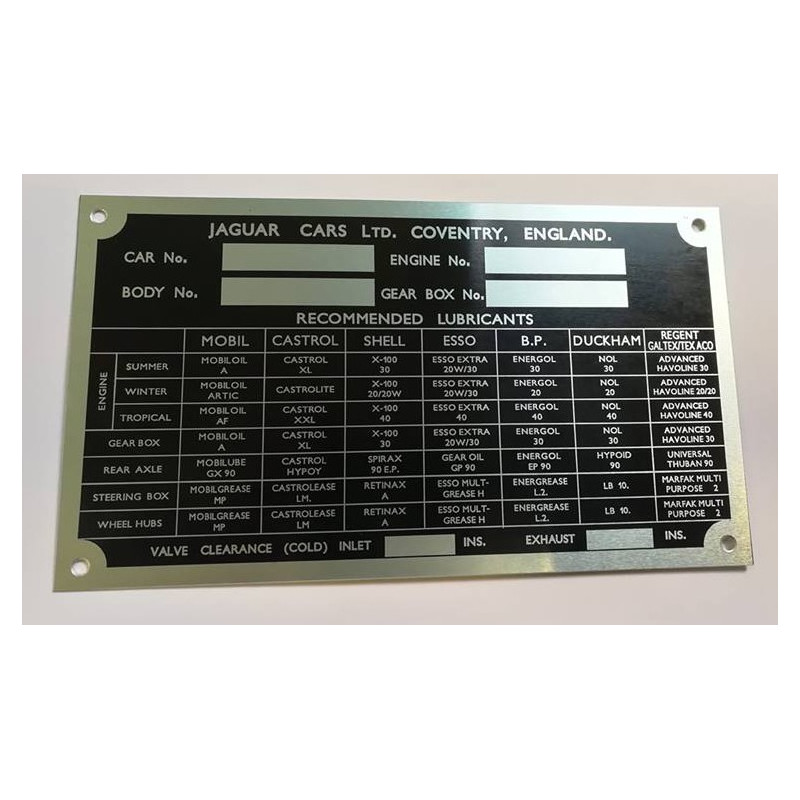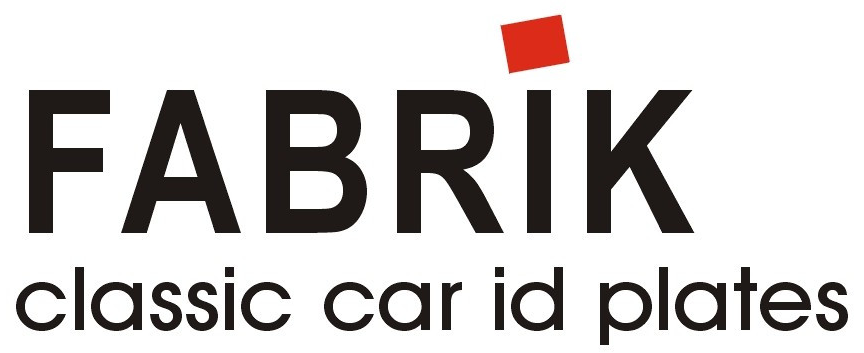 Jaguar is a British luxury car manufacturer that has been in business for over 90 years. The company was founded in 1922 by William Lyons and William Walmsley, who started out building motorcycle sidecars. However, it wasn't until 1935 that the company began producing cars under the name SS Cars Ltd.
Jaguar is a British luxury car manufacturer that has been in business for over 90 years. The company was founded in 1922 by William Lyons and William Walmsley, who started out building motorcycle sidecars. However, it wasn't until 1935 that the company began producing cars under the name SS Cars Ltd.
The first car produced by SS Cars Ltd was the SS Jaguar 1.5 Litre Saloon. The car was based on a Standard Motor Company chassis and featured a 1.5 litre engine. It was a stylish and well-built car that was well received by the public. However, the company faced financial difficulties and was forced to change its name to Jaguar Cars Ltd in 1945.
In the early years, Jaguar Cars Ltd focused on producing luxury saloons and sports cars. The company's first sports car, the SS Jaguar 100, was introduced in 1936. The car was powered by a 3.5 litre engine and had a top speed of over 100 mph. It was a popular car among racing enthusiasts and was used in many competitions.
In the late 1930s, Jaguar Cars Ltd introduced the Mark V, a luxury saloon that was available in both standard and long-wheelbase versions. The car was powered by a 3.5 litre engine and featured a stylish body that was designed by Lyons himself. The Mark V was a success and helped to establish Jaguar as a reputable luxury car manufacturer.
During World War II, Jaguar Cars Ltd was forced to stop production of cars and instead focused on producing aircraft parts for the war effort. After the war, the company resumed production of cars and introduced the Mark VII, a luxury saloon that featured a 2.5 litre engine. The car was a success and helped to establish Jaguar as a reputable luxury car manufacturer.
In the following years, Jaguar Cars Ltd continued to produce luxury saloons and sports cars that were well-received by the public. The company's reputation for producing high-quality, stylish cars helped to establish it as one of the leading luxury car manufacturers in the world.
Jaguar is a luxury car brand that has been around for over a century, but its history after 1944 is particularly noteworthy. This is the year that the company was nationalized by the British government and was merged with another British car manufacturer, the Rover Company. The merger resulted in the formation of the British Motor Corporation (BMC), which was responsible for producing a wide range of vehicles under different brands.
One of the first major changes that Jaguar underwent after the merger was the introduction of new models. In 1948, the company launched the XK120, which was a sports car that quickly became popular among car enthusiasts. The XK120 was followed by the XK140 and the XK150, which were also sports cars that were well-received by the market.
In the 1950s, Jaguar continued to produce sports cars, but it also began to focus on luxury vehicles. The company launched the Mark VII, which was a luxury sedan that was designed to compete with other luxury cars in the market. The Mark VII was followed by the Mark VIII and the Mark IX, which were also luxury sedans that were well-received by the market.
 In the 1960s, Jaguar expanded its product line to include the E-Type, which was a sports car that was designed to be affordable and accessible to a wider market. The E-Type was a huge success and it quickly became one of the most popular sports cars of the era. The car was also exported to the United States and it became a hit in the American market as well.
In the 1960s, Jaguar expanded its product line to include the E-Type, which was a sports car that was designed to be affordable and accessible to a wider market. The E-Type was a huge success and it quickly became one of the most popular sports cars of the era. The car was also exported to the United States and it became a hit in the American market as well.
In the 1970s, Jaguar was facing financial difficulties and the company was sold to the British Leyland Motor Corporation. Under new ownership, Jaguar continued to produce luxury cars, but the company was also forced to cut costs and reduce its product line. In the 1980s, the company was sold again to the Ford Motor Company, which helped to stabilize the company's financial situation.
In the 1990s, Jaguar was finally able to focus on producing luxury cars again. The company launched the XJ, which was a luxury sedan that was designed to compete with other luxury cars in the market. The XJ was followed by the S-Type, which was also a luxury sedan that was well-received by the market.
Today, Jaguar continues to produce luxury cars and the company is known for its commitment to producing high-quality vehicles. The company has also expanded its product line to include SUVs and electric cars, which are becoming increasingly popular in the market. Overall, Jaguar's history after 1944 has been marked by challenges and changes, but the company has always managed to adapt and evolve to meet the needs of its customers.
Jaguar identification plate
